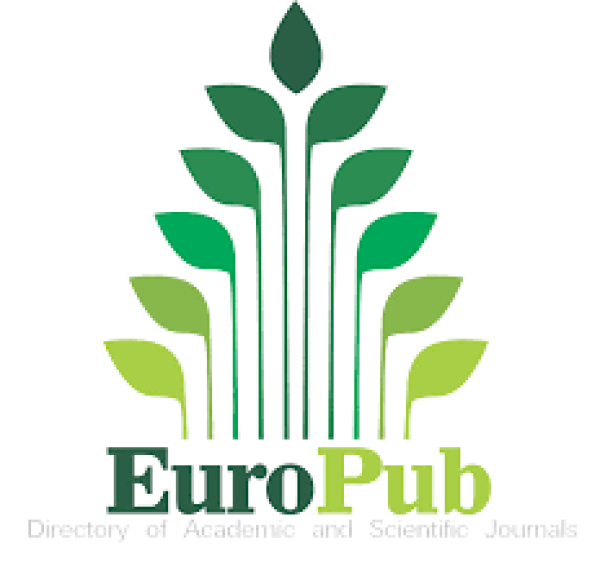Predictive Role of Classroom Learning Environment on the Academic Performance of Students in Mathematics in the Modern World in Isabela State University-Echague
DOI:
https://doi.org/10.65141/jessah.v2i1.n5Keywords:
Mathematics, Classroom Learning Environment, Mathematics in the Modern World, Instructor’s Support, Student InvolvementAbstract
A supportive and positive Classroom Learning Environment (CLE) creates the conditions for students to feel secure, motivated, and capable of achieving academic success. When a positive CLE is cultivated, mathematics learning thrives effectively. This study explored the predictive role of CLE on the mathematics performance of the freshman students in Isabela State University – Main Campus. The perception of the respondents on CLE was described using the instrument devised by Fraser et al. (1996). Using Pearson’s r correlation, the findings indicated that students perceived the classroom environment as positive, which correlated with improved mathematics performance, specifically in terms of student cohesion, investigation, task orientation, and cooperation. Regardless of sex, the respondents perceived a positive CLE to be evident inside the classroom. Finally, stepwise regression analysis revealed that instructor’s support and student involvement are the best predictors of performance in mathematics. It is recommended that the teachers provide mathematics learning tasks through group activities to allow students to learn from their peers and eventually promote a positive learning environment.
Downloads
Published
How to Cite
Issue
Section
License
Copyright (c) 2025 Isabela State University Linker: Journal of Education, Social Sciences and Allied Health

This work is licensed under a Creative Commons Attribution 4.0 International License.







